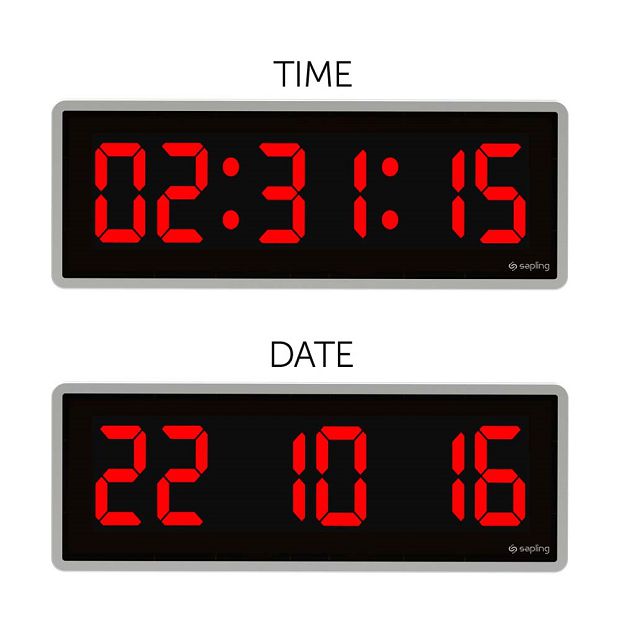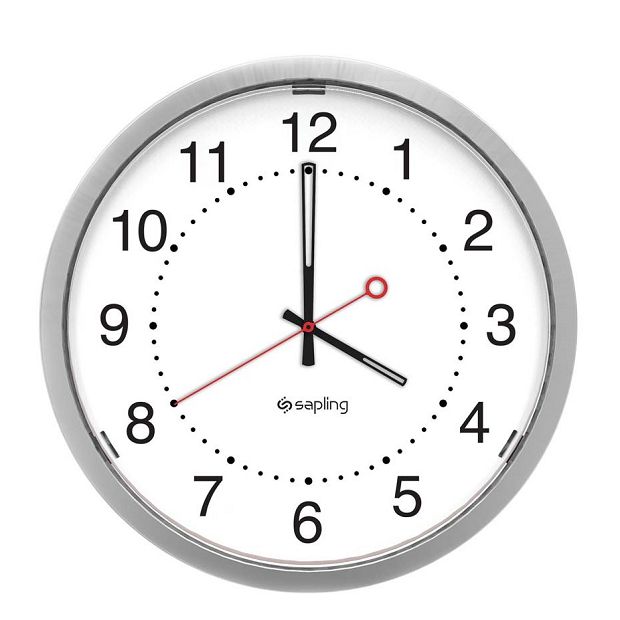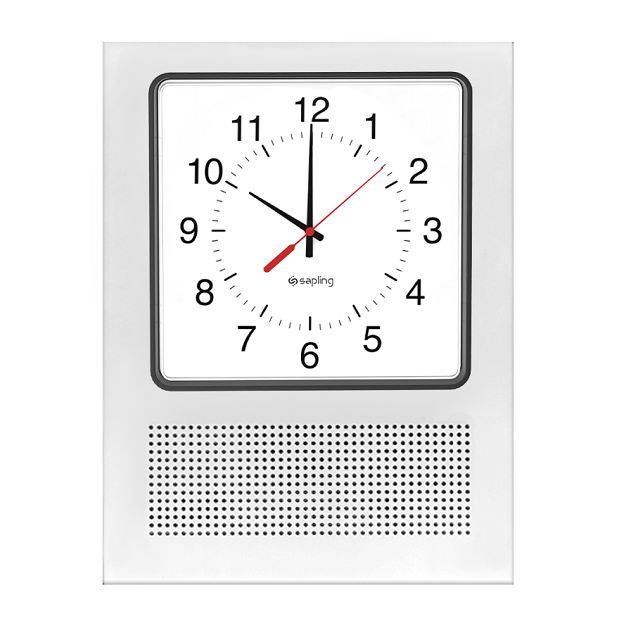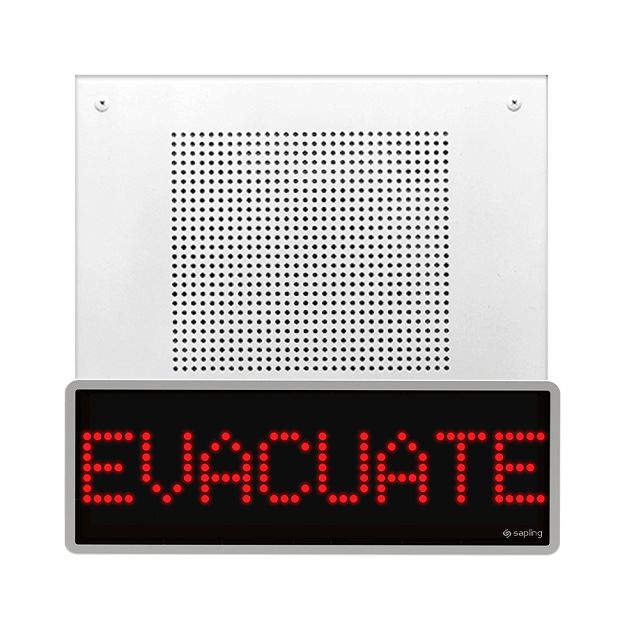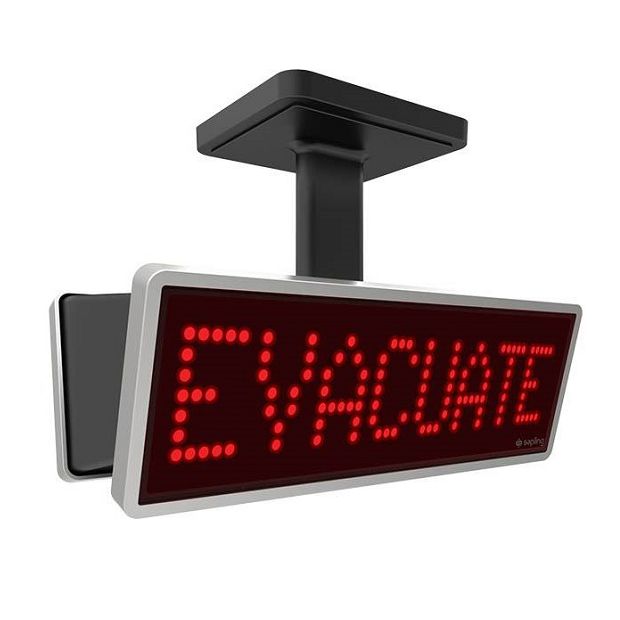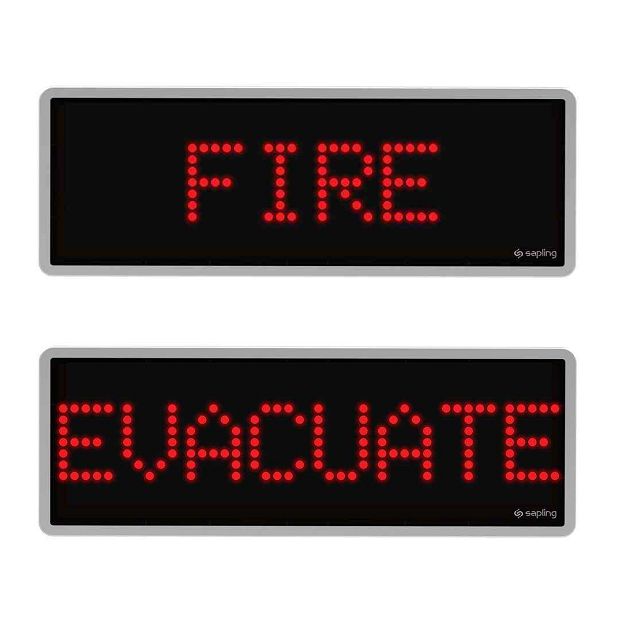
Its morning and you are walking through the school reception a quick glance at the reception clock shows time 7:48, the cafeteria clock shows 8:02, the clock by the student lockers shows 7:55, you also realize the clocks in the classrooms, library, gym, etc. are all showing different time. This is a common scenario which repeats everyday in Schools, Hospitals and in all large organizations.
What if there is a way to have all the clocks to be automatically synchronised to show accurate time ? automatically account for Daylight Saving Changes ? No more headache of having to monitor and set correct time on clocks or change batteries ?
IP Clocks are the answer. IP Clock is a network connected clock that automatically synchronizes with NTP server so that the same time can be displayed on all the clocks connected throughout the campus or building.
IP Clocks come with various network connectivity options i.e. cable, Wi-Fi , Wireless, 4G, GPS, etc., and come in 2 basic form factors i.e. Digital IP Clocks and Analog IP Clocks.
Combo models combining an IP Clock with speaker support PA announcements on speaker whilst displaying correct time, a messaging clock and speaker Combo can also be used to show both time and display important messages.
Digital IP Clocks with messaging capability also act as a message board to display various pre-set messages, rather than having two separate systems installed in offices, classrooms, and hallways.
Advantages of IP Clocks:
- All the IP clocks in a facility sync with a time-server to display the same time across multiple locations
- They connect to the existing computer network to communicate and hence there is no need to create a new network for synchronization
- IP clocks receive time updates and synchronization details from an NTP server or an Internet clock source. It is also possible to configure multiple time sources for backup, in case one of them fails
- All IP clocks can be individually/centrally managed through a web-based management software (with most vendors). One can view settings like time, date, display format, daylight savings info, etc and change them over the network
- PoE IP clocks receive power from one cable for carrying both data and power (Cat6 cable). The POE source could be POE switches or POE injectors.
- Some IP clock systems can intimate the administrator via email in case of any problems/malfunctions with IP clocks. Hence, individual clocks need not be manually monitored
- IP clocks are available as both analog clock and digital clock models
- Digital IP clocks can alternate between time/date and can display emergency messages like fire, etc. if required
- Digital IP clocks can function as a Timer for Counting down or Counting up time (in hours, minutes and seconds)
- IP clocks can use the Internet for communications and it is possible to set-up IP clocks (from a central web-based administrative console) in various international locations to display time based on their local time-zone
- As IP clocks are powered by a POE source, there is no need to track and change batteries in each clock
- Some digital IP clocks can be programmed to integrate with other systems (like school bell). They can also be programmed to reduce their brightness (and hence save energy/cost) during off-peak hours
Limitations of IP Clocks:
- IP clocks are generally more expensive than their connected analog/digital counterparts
- Since they connect to the IP network, each IP clock takes up an additional switch port
- The cost of POE (Power Over Ethernet) is quite high (for each port) and that contributes to the higher total cost of the IP clock system
- One more device/system to manage on the IP Network
We offer IP Clocks from world leading brands i.e. Bodet, Sapling and Globaltime , to explore the IP Clock range, please click on IP Time & Messaging or contact us for a obligation free consultation.


